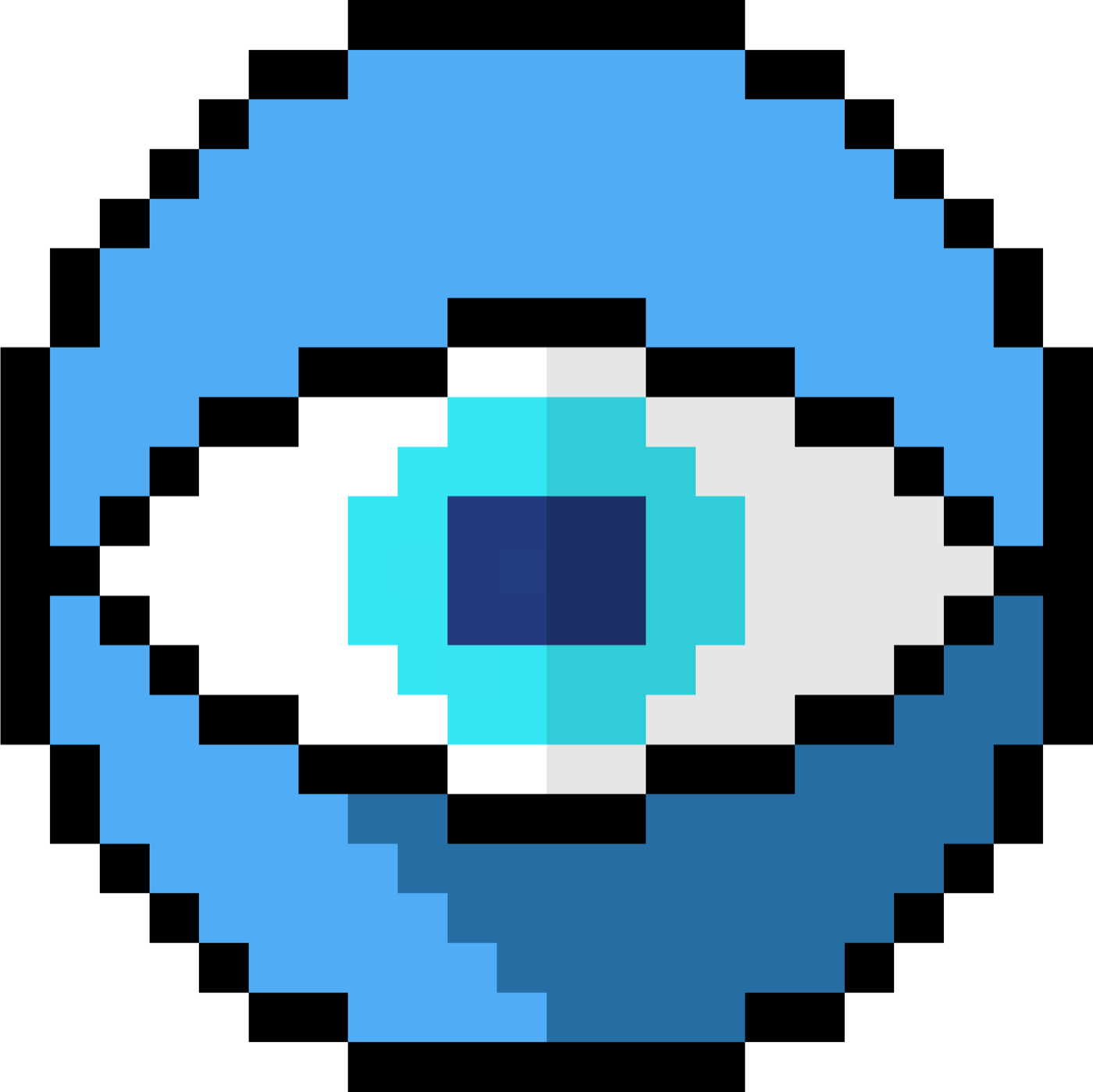404 reads
The One Web 3.0 Guide to Rule 'em All
by
February 10th, 2023
Audio Presented by

I make Web 3.0 and blockchain exciting and easy to digest. I also love listening to music.
Story's Credibility

About Author
I make Web 3.0 and blockchain exciting and easy to digest. I also love listening to music.